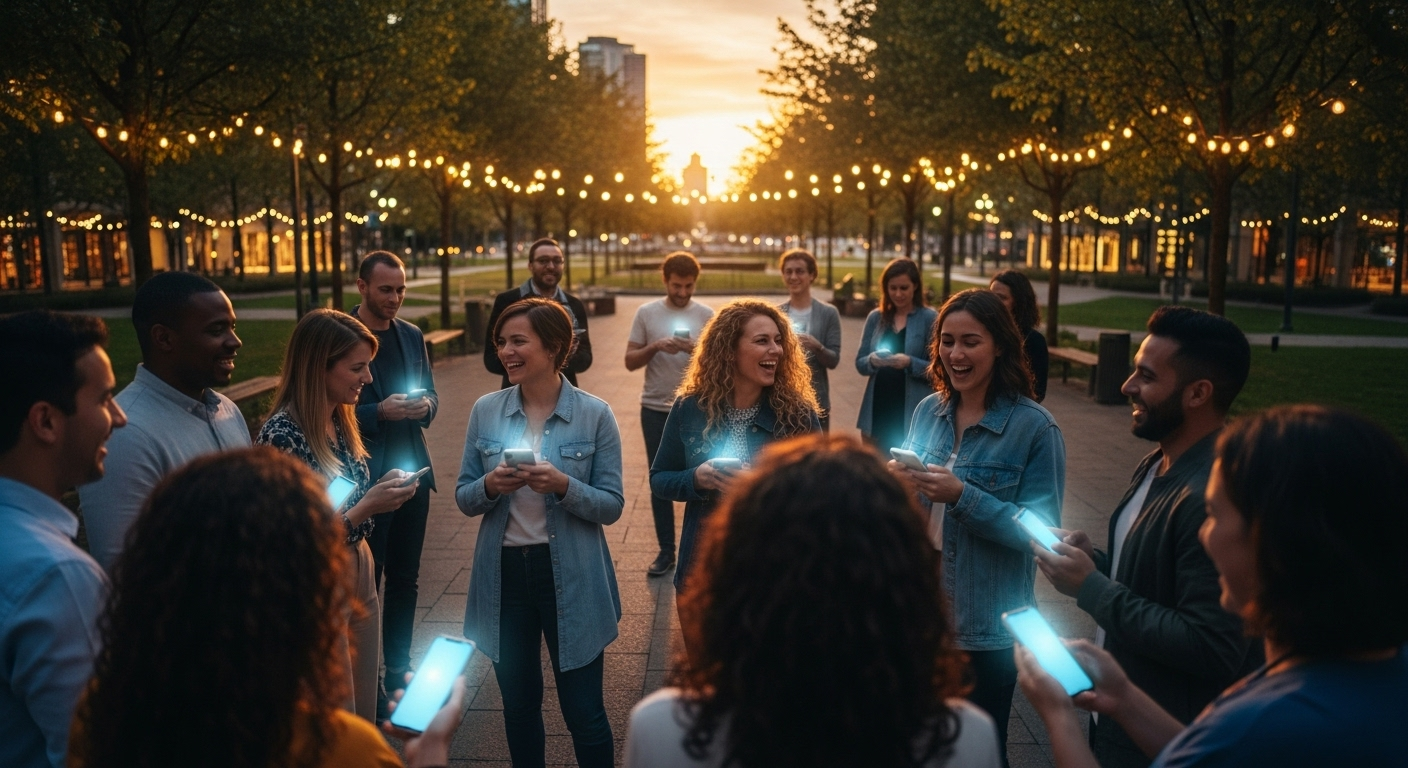The Silent Symphony: Exploring Urban Solitude's Social Ripples
Modern city life is evolving, with a growing trend towards intentional solitude reshaping social norms and urban dynamics. This shift goes beyond mere isolation, representing a nuanced interplay between personal space and community connection. Read below to uncover how urban solitude is redefining our social landscape and influencing everything from architecture to mental health.

The Roots of Urban Solitude
The concept of urban solitude isn’t entirely new, but its current manifestation is uniquely tied to our modern context. Historically, cities have always provided a degree of anonymity, allowing individuals to blend into the crowd. However, the digital age has amplified this effect, creating what sociologists term digital cocoons - personal bubbles maintained through technology even in crowded spaces.
This trend has deep sociological roots. As societies become more individualistic, personal space gains newfound value. The rapid pace of urban life, coupled with constant connectivity, has paradoxically led to a desire for moments of disconnect. Urban solitude, in this context, becomes a form of self-care and boundary-setting in an otherwise overwhelming environment.
Architectural Adaptations
The rise of urban solitude is leaving its mark on city landscapes. Architects and urban planners are increasingly incorporating design elements that cater to this need for personal space within public areas. We’re seeing the emergence of micro-parks, secluded reading nooks in libraries, and even solitude pods in office spaces.
One notable trend is the concept of urban hideaways - small, strategically placed structures in bustling areas that offer momentary respite. These range from high-tech meditation pods in airports to simple, aesthetically pleasing benches tucked away in unexpected corners of parks. Such designs acknowledge the human need for occasional solitude without completely removing individuals from the urban fabric.
The Paradox of Collective Solitude
Perhaps one of the most intriguing aspects of urban solitude is its paradoxical nature. While individuals seek moments of aloneness, they often do so in the company of others engaged in similar pursuits. This has given rise to what sociologists call collective solitude - shared spaces where individuals engage in solitary activities side by side.
Coffee shops have become prime examples of this phenomenon. Patrons sit for hours, absorbed in their own worlds, yet drawing comfort from the presence of others. Similarly, co-working spaces have evolved to include quiet zones and private booths, acknowledging the need for focused solitude even within collaborative environments.
Digital Detox and Mindful Disconnection
The urban solitude movement intersects significantly with the growing interest in digital detoxes and mindful living. In response to the constant barrage of digital stimuli in cities, many are seeking ways to disconnect temporarily. This has led to the popularity of sensory deprivation tanks, silent retreats within city limits, and technology-free social gatherings.
Interestingly, technology is also being used to facilitate these moments of disconnection. Apps that encourage mindfulness and help users find quiet spaces in the city are gaining traction. This represents a nuanced approach to technology use, where digital tools are employed to create pockets of analog experience in the urban landscape.
Redefining Social Connections
Far from leading to increased isolation, urban solitude is redefining how people form and maintain social connections. The quality of interactions is taking precedence over quantity. People are more intentional about their social engagements, leading to deeper, more meaningful relationships.
This shift is visible in the rising popularity of intimate gatherings and niche interest groups. Rather than large, impersonal social events, urban dwellers are gravitating towards smaller, more focused interactions. Book clubs, craft circles, and philosophy discussion groups are thriving, providing spaces for like-minded individuals to connect deeply while still respecting each other’s need for personal space.
The Future of Urban Sociality
As urban solitude becomes more prevalent, it’s reshaping our understanding of what it means to be social in a city. The future urban landscape may well be one where moments of solitude are seamlessly integrated into daily life, coexisting with vibrant social interactions.
This trend challenges the traditional dichotomy between loneliness and social connection. It suggests a more nuanced approach to urban living, where solitude is not the opposite of social engagement, but a complementary aspect of a rich social life. As cities continue to grow and evolve, understanding and accommodating this need for balanced solitude will be crucial in creating livable, psychologically healthy urban environments.
In conclusion, urban solitude represents a fascinating evolution in how we navigate city life. It’s a testament to the human capacity for adaptation, finding ways to carve out personal space and meaning amidst the urban rush. As this trend continues to unfold, it promises to reshape not just our cities, but our very understanding of community and connection in the modern world.





